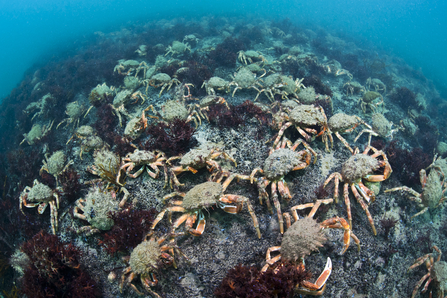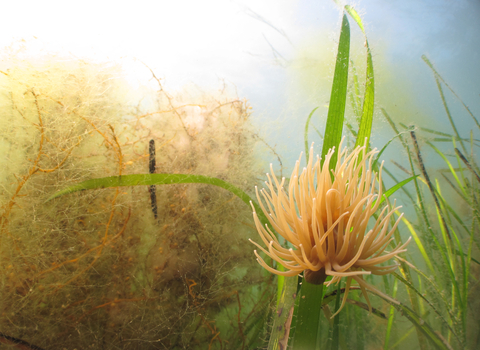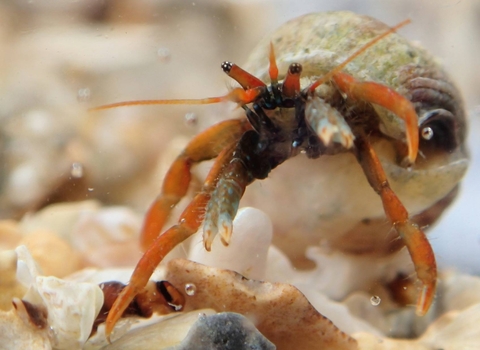Beachgoers are being encouraged to look out for large groups of spider crabs along Cornwall’s coastline during the summer holidays amid increasing reports of mass gatherings filmed just metres away from the shore.
The crustaceans have been spotted carpeting the ocean floor at multiple popular tourist destinations in recent weeks.
The spider crab aggregations – or gatherings - used to be rare to see in UK waters, but Cornwall Wildlife Trust’s marine experts have described this summer as being “unusually spectacular” for sightings.



